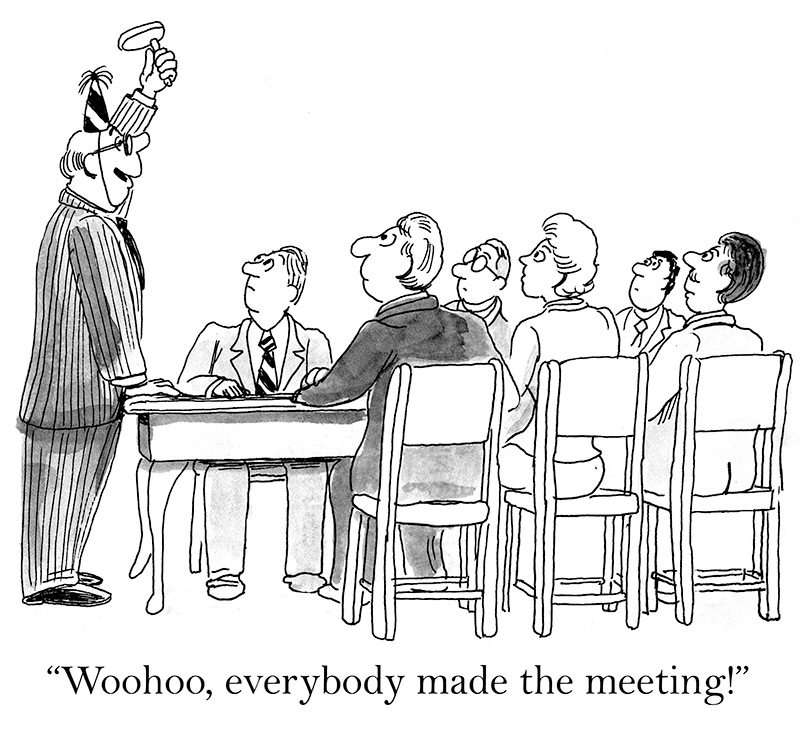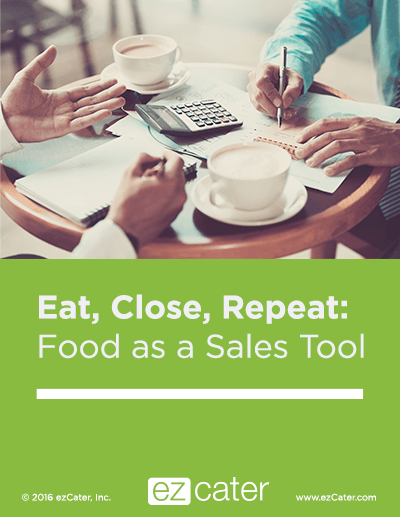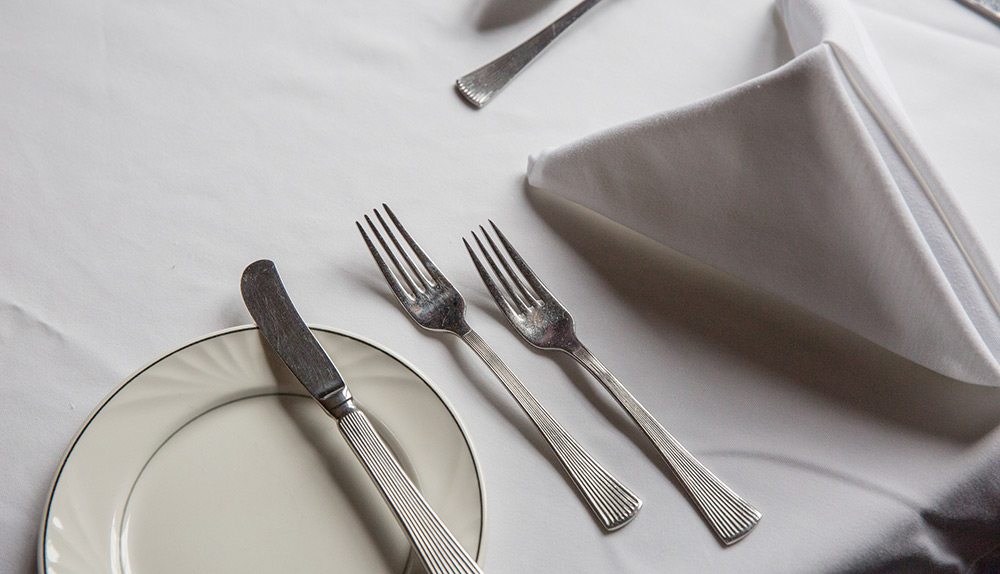Business luncheons are the perfect way to conduct less formal client meetings. Sharing a meal gives you a chance to get to know one another on a more personal level. Though client lunches may be a more informal meeting, you’re still discussing business. As such, you want to make sure you bring your “A” game.
A poorly-planned business lunch that ignores the rules of etiquette will leave a lasting impression – and not a good one. Think about some of the business lunches you’ve attended. Have you ever sat waiting for your host? Was there an awkward moment when the bill came? Did your host imbibe a bit too much? Make sure you’re ready to ace your next business lunch and make a positive impression with these planning tips:

1. Consider the Setting
Where you decide to host your business lunch isn’t always up to you. It depends on your clients, their availability, and everyone’s time constraints. If you’re planning a lunch at a restaurant, select a few options in an area convenient to everyone. Choose places you know well, and let your guests choose their preferred venue.
Similar rules apply when planning an in-office lunch. If you’re bringing lunch into your office, though, you’ll take the lead in planning. Reserve a private space in your office (preferably a conference room) and choose a reliable caterer to serve an array of foods. Don’t be afraid to lean on the caterer for advice. They’re the food experts, after all. Your office manager can lead you in the right direction if you don’t know where to start. Ask your guests if they have any food preferences or dietary restrictions in advance. This will prevent the embarrassment of someone sitting out while the rest of you are eating.
2. Be Respectful of Time
No matter the meeting place, you want to respect your guests’ time. Arrive early and check the small details, especially if you’re having an in-office lunch catered. Do you have plates and utensils? Is there a comfortable place to sit and eat? Business lunches are a casual way to conduct business, but don’t let the informality distract from your goals. Prepare for your meeting in advance by drafting an agenda. It’s your job to politely keeping the conversation on-topic throughout the meal. As a rule of thumb, don’t launch into business conversation until after drinks have been served and meals ordered. Instead, prepare some topics in advance to engage your client in small talk.
3. Order Smart
If you’re hosting your client at a restaurant, there are a few rules of etiquette to keep in mind. Let your guest order a drink first, so they don’t feel inhibited by your choice of non-alcoholic drink. If you’re meeting during business hours, you might play it safe and steer clear of alcohol. But this doesn’t mean your guests should, too. You want them to feel comfortable.
When ordering your meal, follow your guests’ lead. If your guest orders something light, you’ll want to follow suit. Messy foods that are difficult to eat can distract from the business topic at hand.

Great Sales Start with Great Meals
Download our guide for tips on hosting a lunch meeting in a way that saves time, doesn’t break your budget, and leaves your clients impressed.
Ready to order your next business lunch?
4. Listen More than You Talk
As the host, you want to do more listening than talking, apart from guiding the meeting agenda. Keep your phone off and out of sight throughout the meeting, and resist any urge to peek at it throughout.
5. Keep Lunch Etiquette in Mind
If ever there was a time to be on your best manners, a business lunch is one of them. Keep your napkin in your lap, and wait until everyone’s served to begin eating. Ask your guests to pass items like salt and pepper to you, rather than reaching across the table. When finished, don’t push your plate away or stack it. Lay your utensils down so that your server knows to clear your plate.
6. Pick up the Check
As the host, it’s your responsibility to pay for the meal. An easy way to handle the check is to give your server your credit card when you arrive to the restaurant early. This way the bill won’t arrive at the table and awkwardly interrupt your discussion. If you’re hosting an in-office lunch, you should order and pay for everything well in advance. Be sure to keep the receipt for expense reporting purposes. This is also the time for you to review your meeting. Have you covered everything you intended? If not, try to find a way to cover remaining items and conclude the meeting.
What are your tips for hosting a successful business lunch? Let us know in the comments below.
Ready to order your next business lunch?








